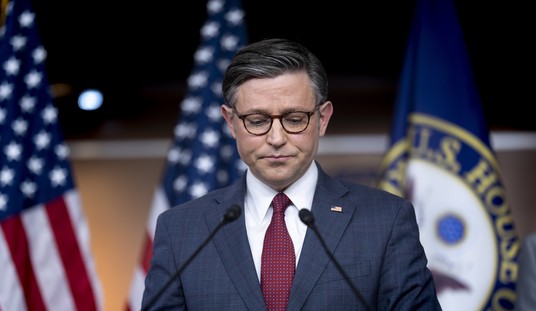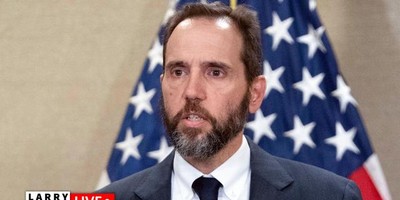While many of us consider work to be a four-letter word, we all know that work can be fun and exhilarating if we are working at becoming better, or using our talents to help others. In such cases, work is transformed from a labor of necessity but a labor of love.
Americans celebrate Labor Day next week, and it is a good time for us to pause and reflect on labor and its implications.
Labor Day first began as a celebration of the workingman and in recognition of the labor movement. The nation's first Labor Day event was held on September 5, 1882, in New York City, where more than 10,000 people took an unpaid day from work and marched from City Hall to Union Square. It was a visual display of the might of the American worker.
Working conditions in the early industrial age were vastly different than they are today -- and we can credit the labor movement for many of the improvements
Why do we work? While money is important, meaningful work is about more than money. Everyone has different talents and interests given to them by God; meaningful work puts those talents to work in areas that not only interest you, but help others, too. There is value in having worked and made a positive difference to others.
Yes, that's true you, you might be thinking. But what about those jobs that are manual labor and not very exciting? My first job was exactly that, cleaning the bathrooms at the First Baptist Church of Carrollton, Georgia, where I was a member. I was 14, the minimum age to work. This was neither glamorous nor exciting work, but useful and necessary work.
On Sundays, I often overheard the "little old ladies" of the church commenting on the cleanliness of the bathroom. I felt proud that they had noticed and appreciated my work.
Recommended
We should lift up those who work and thank them for helping improve our lives. Not only is it important that people work, but that they are motivated to work.
Too many people are discouraged and despondent or disinterested to work. This has a negative effect on our economy. Economists define the potential civilian workforce as all people ages 16 and older who are able to work. The labor force participation rate is the percent of the non-institutionalized civilian workforce who are either working or looking for a job. It does not include those who are discouraged and no longer looking, nor does it include those not interested in working.
In January 2009, when President Barack Obama was sworn into office, the labor participation rate was 65.7 percent. Last month, July 2016, the labor participation rate was 62.8 percent. If the labor participation rate and the percent unemployed had remained the same, we would have a larger economy than we do today.
With approximately 160 million people in our civilian labor force, an additional 2.9 percent of the population working would equate to 7.4 million additional workers. If these workers were earning the average weekly salary of $824, GDP would increase by $317 billion, or 1.8 percent.
Imagine, 7.4 million people who either are discouraged or unmotivated to work, so very sad. Sadder still is the fact that their God-given talents are not being used to their full potential.
However, for that to change, these people would not only have to want to work, but they would have to be able to find jobs. Absent available jobs, the unemployment rate would simply increase. If the number of people who participated in the nation's work force was 65.7 million and the number of employed persons remained the same, unemployment would be 9.1 percent vs the 4.9 percent reported this past month.
How can we get more Americans working and to get our economy moving faster? The formula is easy: fewer regulations, lower taxes and a stable environment. Can it be done? Absolutely.
Under President Reagan's leadership, our economy created almost 20 million new jobs. For this to happen again, we need to understand that business in and of itself is not bad, that it is simply a tool to be used to create value for consumers and jobs for people who want to work. But that tool is an important one -- it's the engine that makes our democracy work.
We need to champion business and labor and to articulate what we know is true - that America works best when Americans are working.

























Join the conversation as a VIP Member